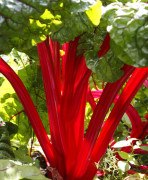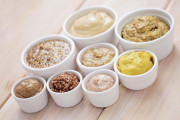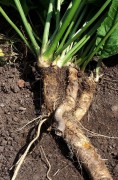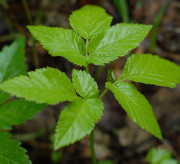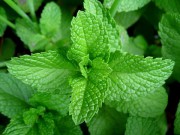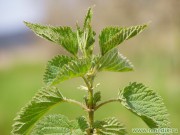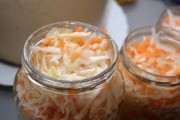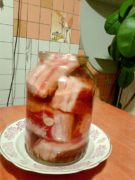Rhubarb: benefits, medicinal properties of the plant, description of what rhubarb looks like - harvested for the winter.
Rhubarb is a close relative of buckwheat, but, unlike this plant, it resembles burdock in appearance. Only the huge leaves of rhubarb are smooth and shiny, while those of burdock are lighter and rougher.
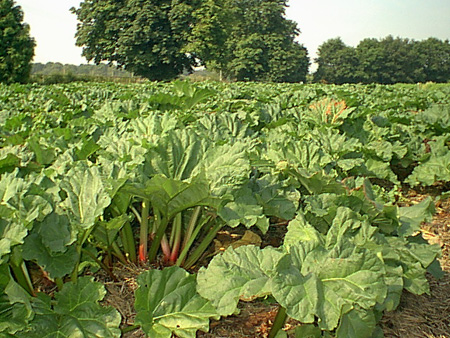
Rhubarb - photo.
Rhubarb is a storehouse of vitamins, carotenes, pectins, organic acids and mineral salts, which are contained in large quantities in the fleshy petioles of the plant. Thanks to the organic acids contained in rhubarb petioles, rhubarb dishes have a delicate, slightly sour taste. Compotes, jelly, jams, and also fillings are prepared from rhubarb petioles.

Rhubarb dishes - pie filling.
Rhubarb contains biologically active substances that have a beneficial effect on the condition of the heart muscles, preventing the development of cardiovascular diseases and stroke. The polyphenols contained in rhubarb significantly reduce the risk of various tumors. The high content of vitamins helps strengthen the immune system and the body's protective properties. Rhubarb improves digestion, strengthens bone tissue, increases visual acuity, and its high content of iron and magnesium helps strengthen the nervous system. Rhubarb is used as a choleretic agent for cholecystitis and as a mild laxative for constipation.
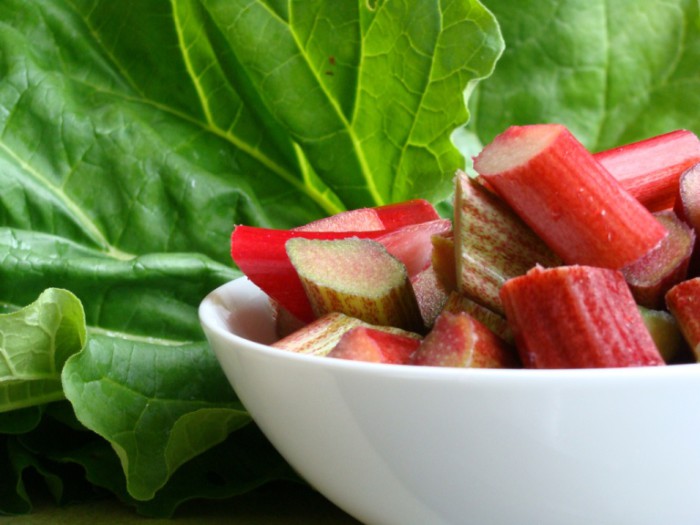
Rhubarb - pictures.
To prepare rhubarb dishes, young petioles that are not very thick are used, which must be carefully peeled from below, and the leaves from above must be completely trimmed. Some housewives remove the skin from the petioles, but this should not be done, as the skin retains the aroma and nutrients in the finished product.
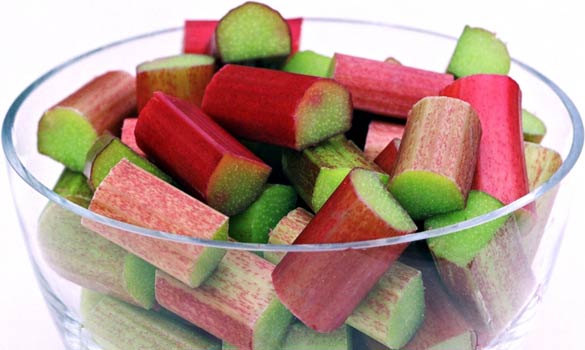
Rhubarb stalk.
Having studied the beneficial properties of rhubarb and its use, it’s time to find out how and what can be prepared from rhubarb, what are there recipes for preparing rhubarb for the winter.

